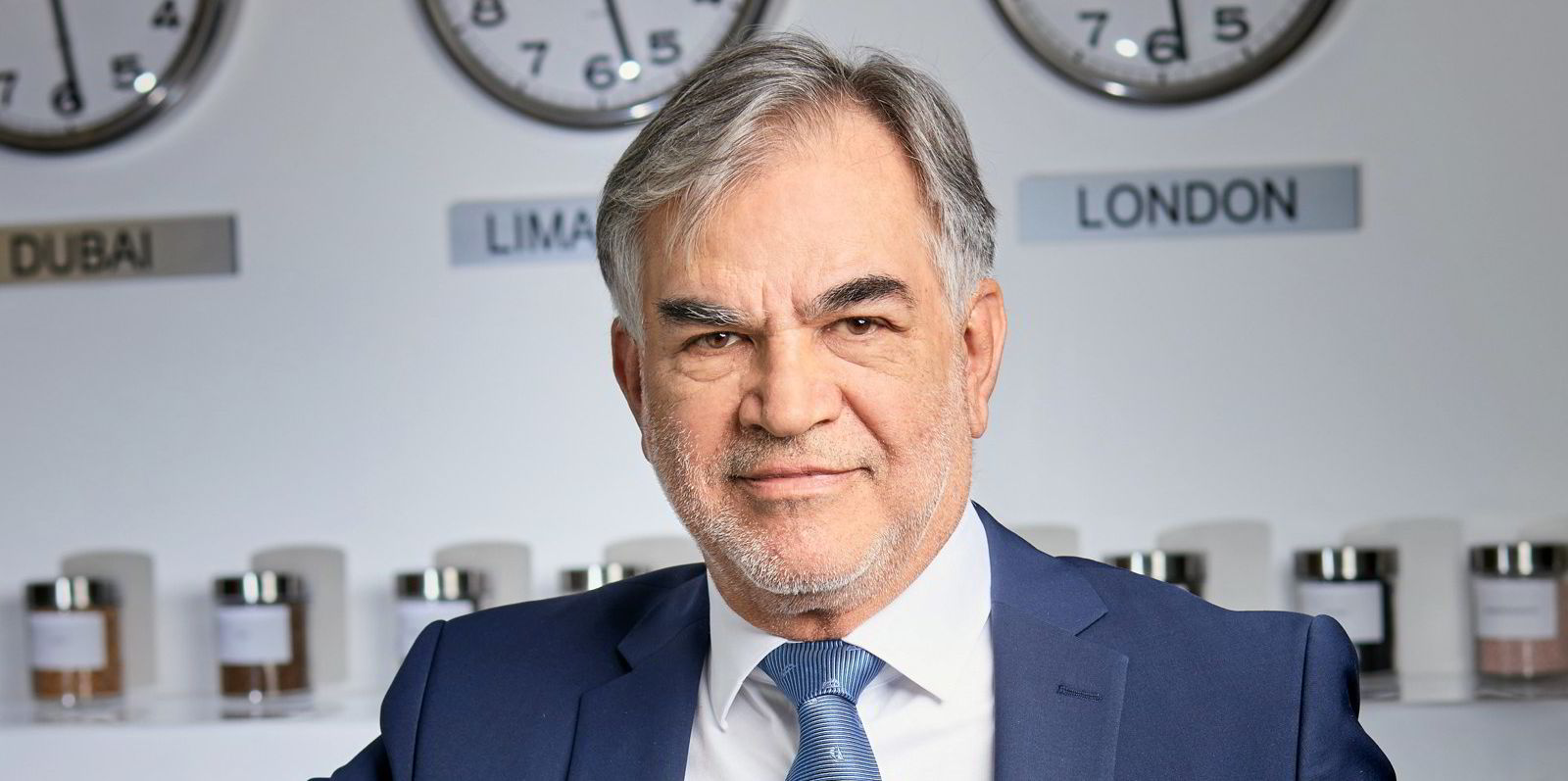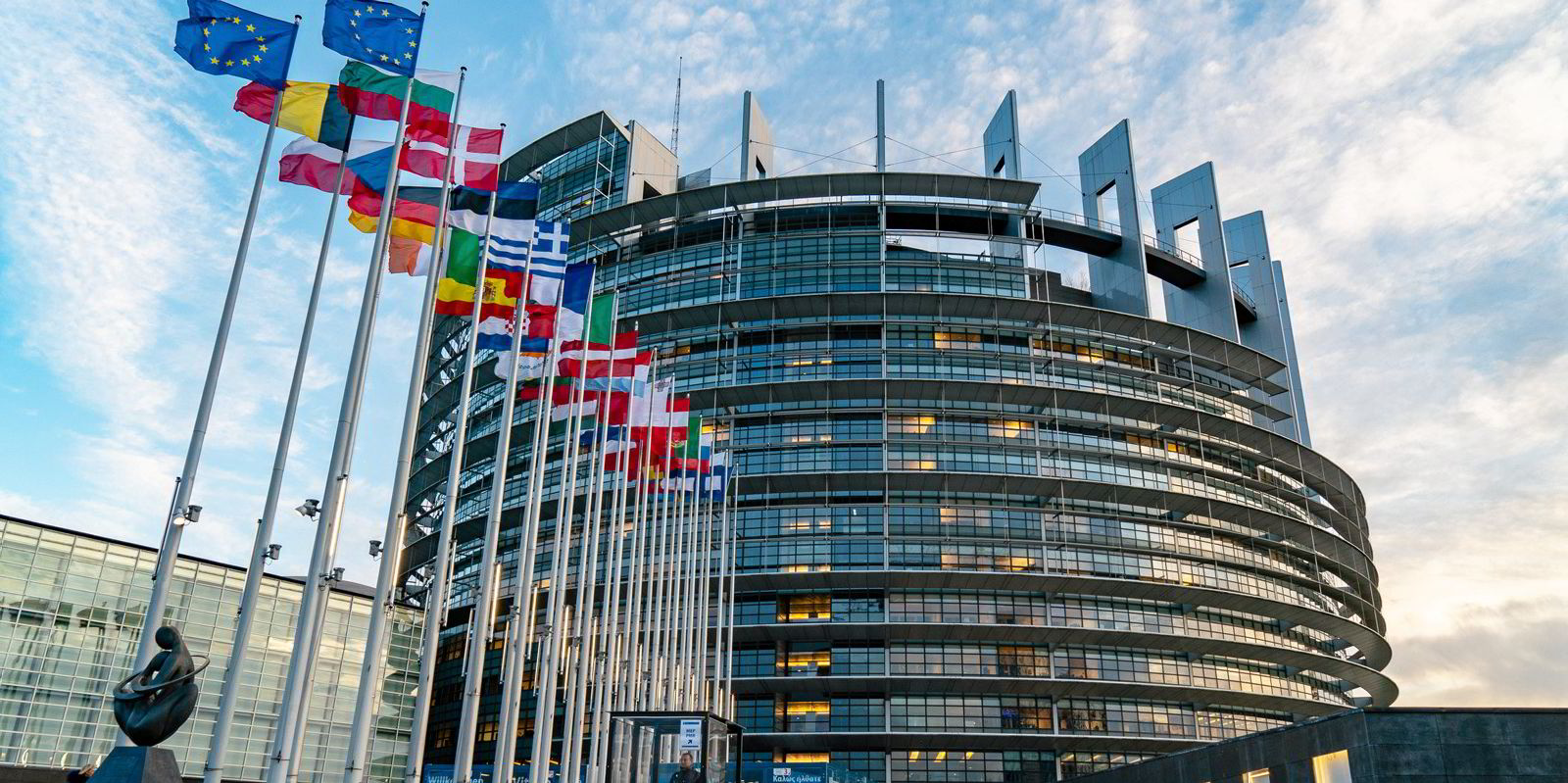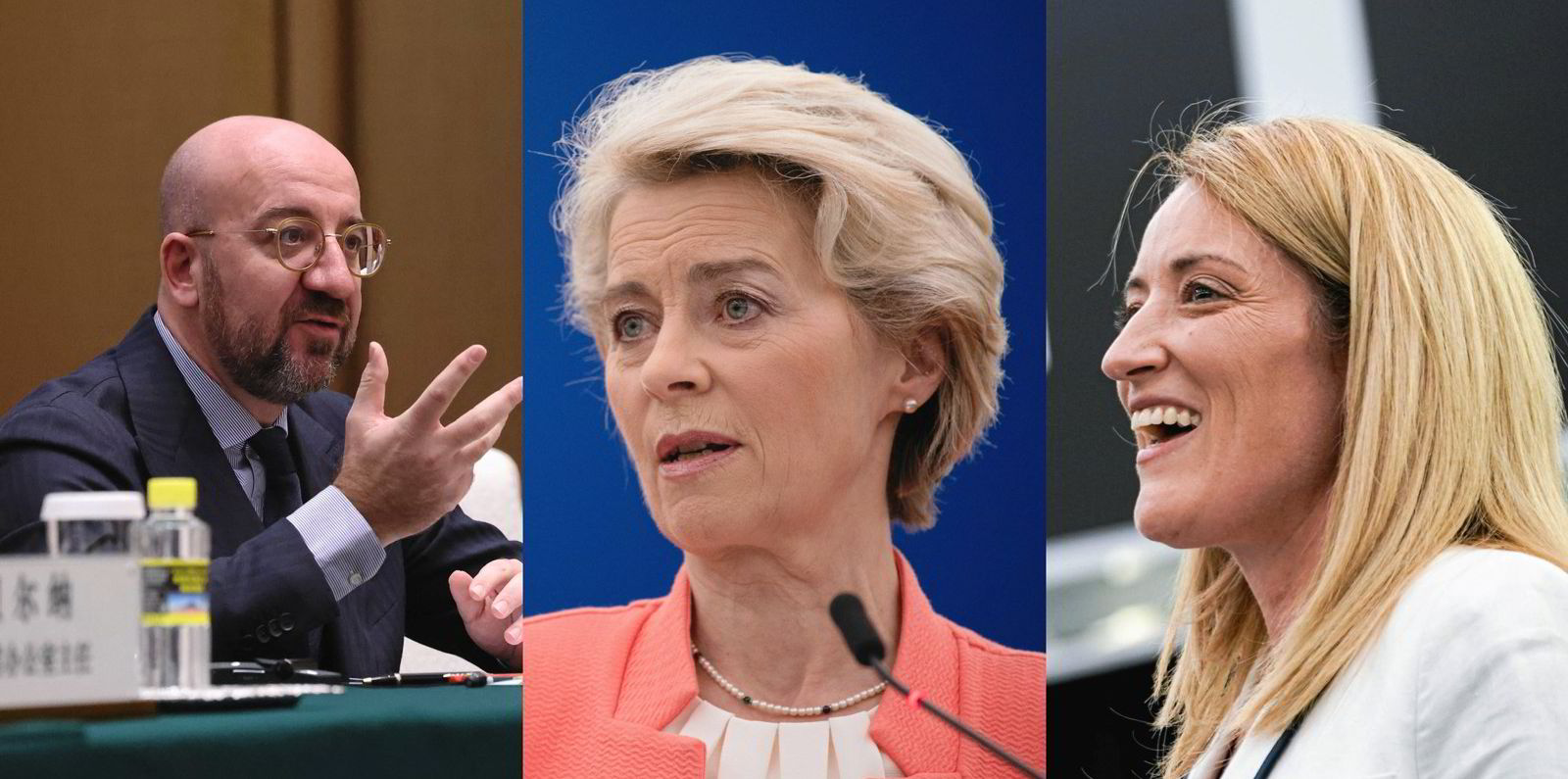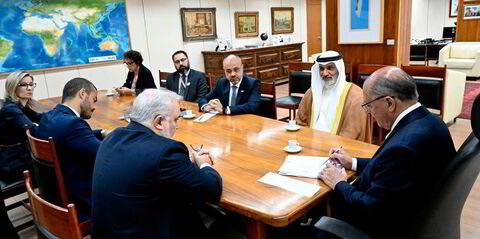Europe’s carbon pricing scheme — the first worldwide to include shipping emissions — marks a turning point in the way policymakers view the industry, according to key shipping official Philippos Philis.
“The outcome is a clear victory for the decarbonisation of shipping,” the president of the European Community Shipowners’ Associations (ECSA) said in an interview.
“It reflects the change in the perception of shipping by European Union policymakers and is the outcome of a two-year campaign and hard work,” Philis said.
In a provisional deal that includes shipping into the EU’s Emissions Trading System (EU ETS), the industry has achieved some key successes.
First, it becomes Europe’s only business sector to recoup part of the revenue generated from the scheme. Currently estimated at a minimum €1.5bn ($1.57bn), the amount will be invested in decarbonisation research and ships’ energy efficiency improvements.
The deal also enshrines a mandatory pass-through of ETS costs to commercial operators and charterers when they are responsible for operational decisions that affect vessels’ greenhouse gas emissions.
Philis is optimistic that these key elements will be upheld in the final round of negotiations between EU institutions on 16 and 17 December, which will wrap up an overall revision of the EU ETS covering all industrial sectors.
“I don’t believe there will be any surprises, but we have to wait for the final outcome,” he said.
No easy feat
Convincing EU policymakers of the need to earmark part of EU ETS revenues for shipping was no easy feat.
“EU member states were strongly opposed to any earmarking, as this will possibly result in less EU ETS revenue for national budgets,” Philis said.
To overcome opposition, the ECSA led a broad maritime front, coordinating a number of high-level statements covering the entire shipping value chain — from engine manufacturers, fuel suppliers and fuel producers to shippers, port operators, shipyards, NGOs and individual shipping sectors.
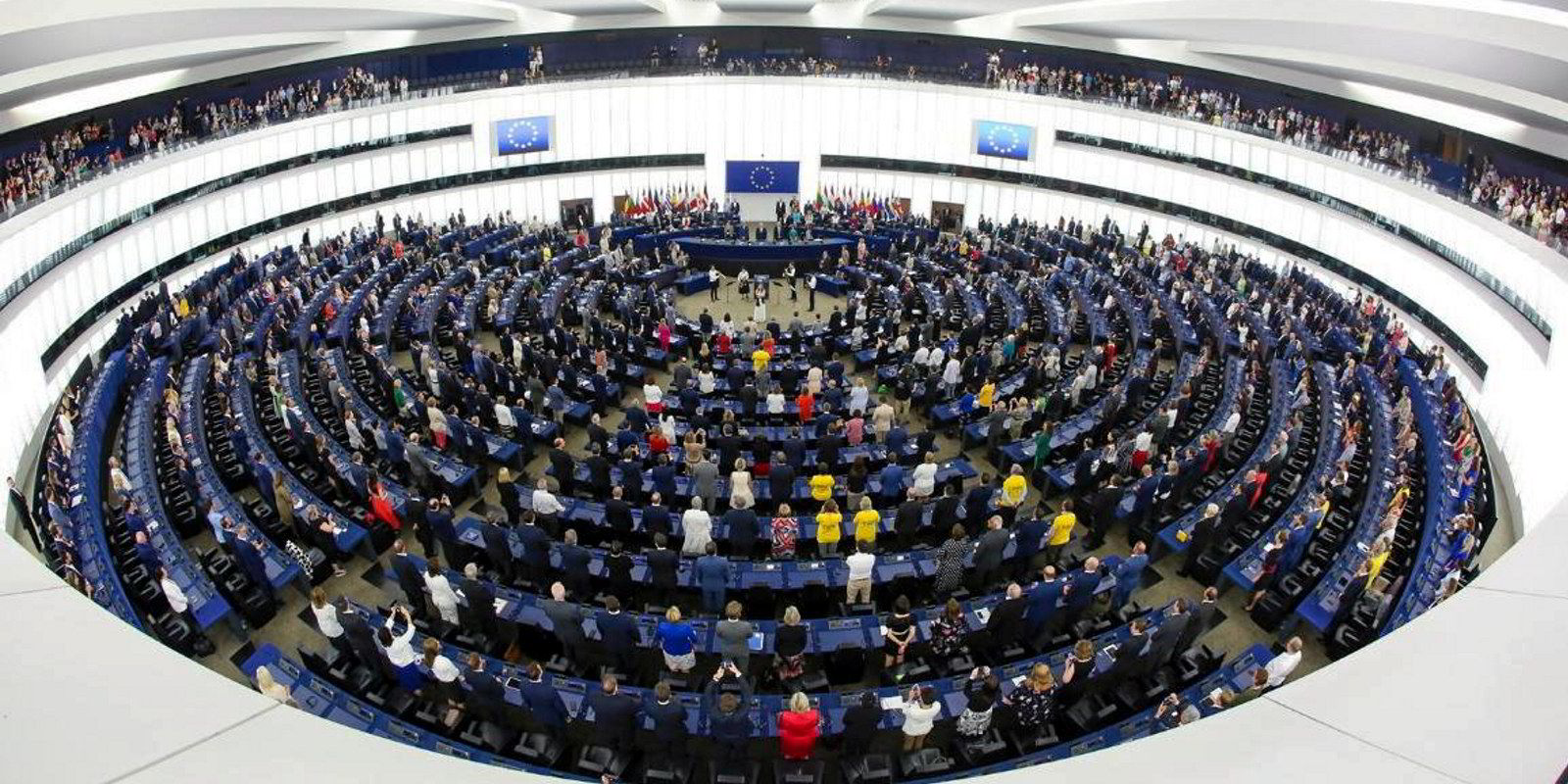
This convinced policymakers to make exceptions for shipping in the scope and eligibility of projects under the EU’s planned Innovation Fund.
Diverging from general policy, the Innovation Fund will not just finance breakthrough technologies to decarbonise shipping but also methods already at hand, such as improving energy efficiency and bridging the price gap with clean fuels.
In a further concession to the industry, even companies outside the EU most likely will be able to obtain funds for maritime-related projects.
“This is a very important development because we all know that we need the Japanese, Korean and Chinese shipyards and designing offices to contribute,” Philis said.
He concedes that the amounts earmarked for shipping under the EU ETS are small compared with the vast sums needed to decarbonise the industry worldwide.
“No earmarking can match the real needs of the sector,” he said.
But they could help mobilise private funds, especially if the measure is replicated at the IMO level.
“It creates a good precedent ... it’s a small amount but shows the way how the IMO could earmark revenues under its own intended carbon levy, market-based measure,” Philis said.
An IMO committee meeting starting on 12 December is poised to discuss the adoption of a global carbon levy or emissions trading, with a view to making a decision next summer.
A call for action
Even though Philis and the ECSA hail the way in which Europe is set to include shipping in the EU ETS, they share a widely held view in maritime circles that this regional measure should be eventually superseded by a global carbon levy at the IMO.
Philis said trading emission allowances will hardly be applicable to ensure a level playing field worldwide.
“We don’t believe that an emission trade scheme on a global base will find the acceptance of the members of IMO, particularly the shipping nations.”
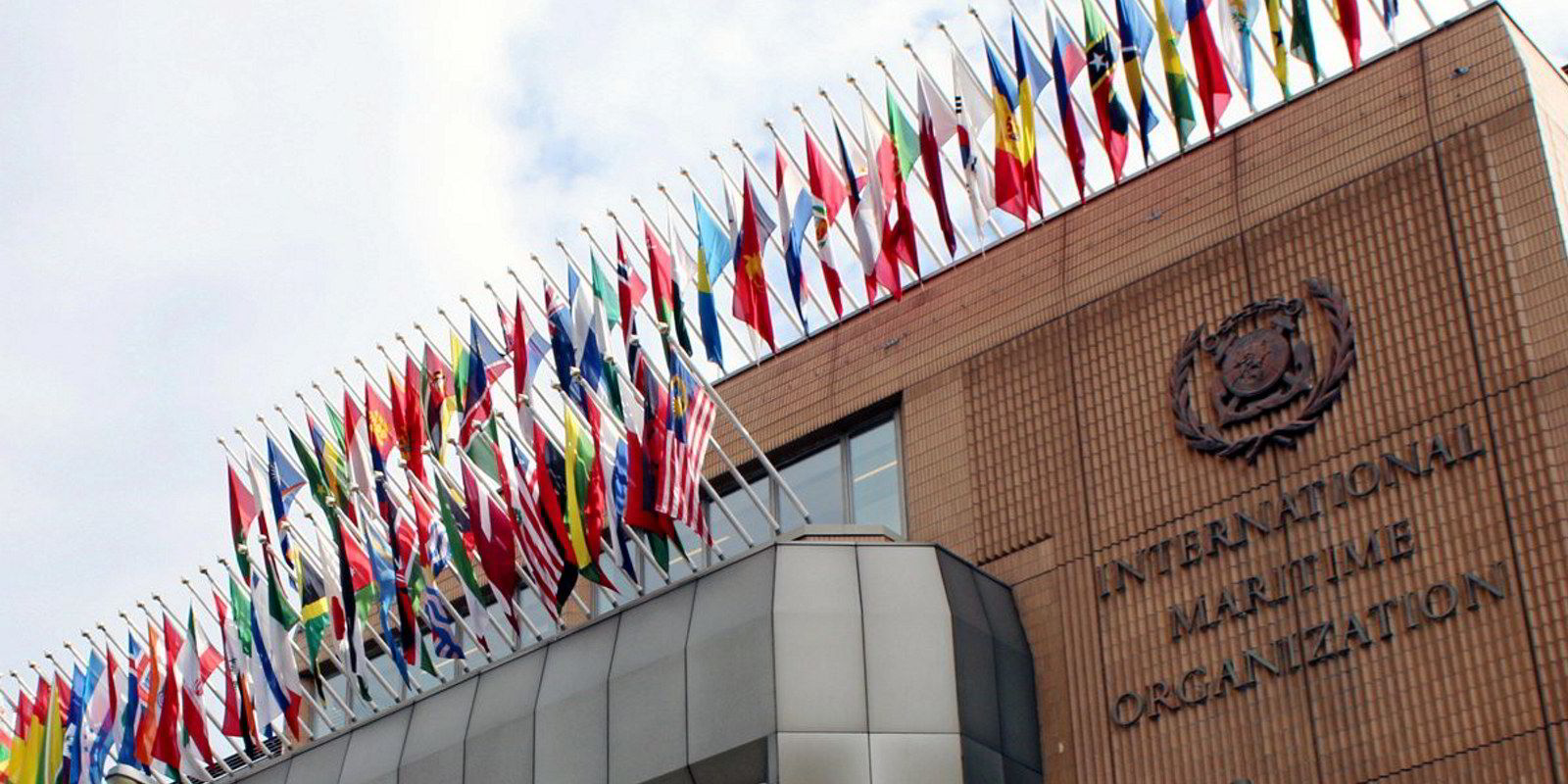
In the deal it is set to adopt later this month, the EU gives itself some rope to harmonise its own carbon pricing regulation with what is adopted at the IMO level.
Philis said a clause setting out that shipping’s inclusion into the EU ETS will be “revisited” after the IMO measure is implemented may not be sufficient.
“We require a stronger language, a stronger commitment towards this direction,” he said.
The IMO should be quick now.
Philis said the sooner the IMO decides on a global measure, the easier it will be able to thwart competition-distorting practices that might affect European shipping, such as transshipment hubs for cargoes on the perimeter of EU borders.
